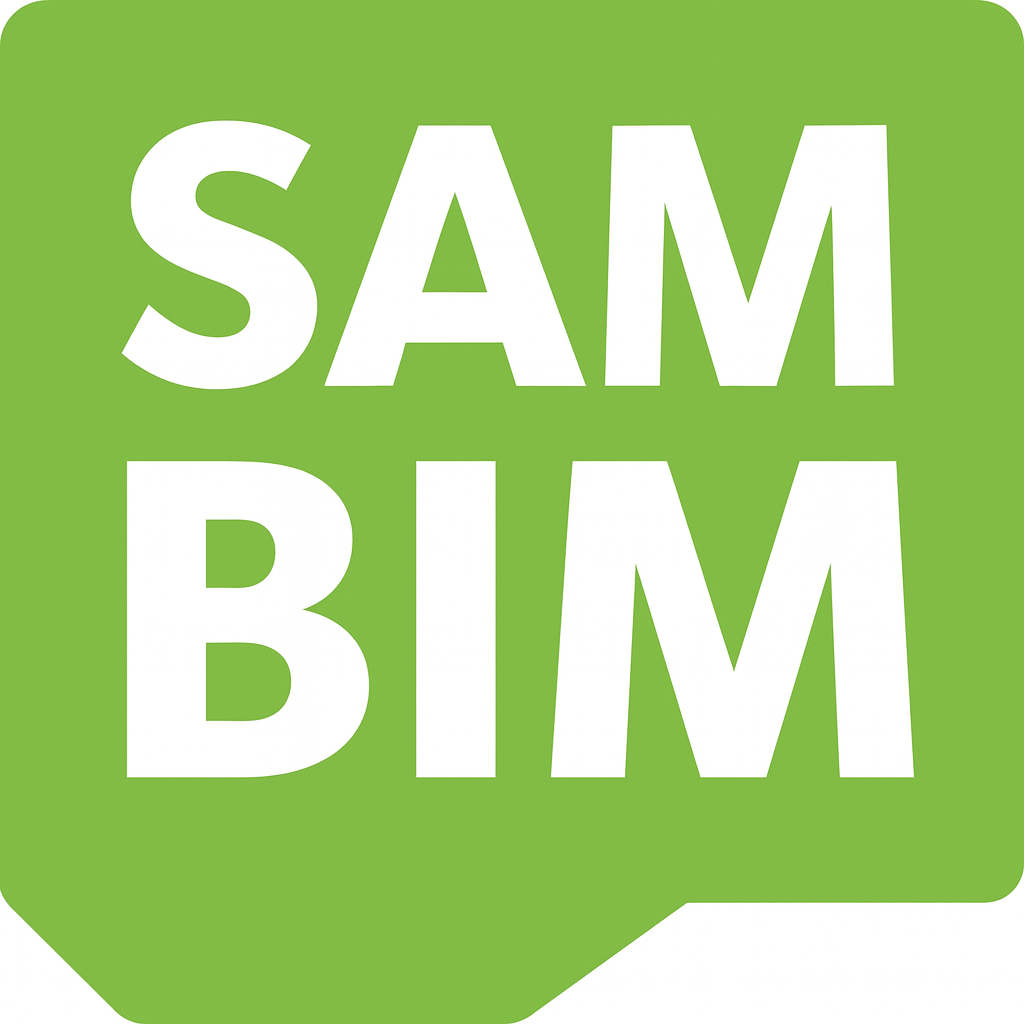Value in practice
- Single source of truth: geometry, loads, profiles, materials, and results stored together for auditable decisions.
- Speed & repeatability: automated attribution and libraries accelerate early studies and design iterations.
- Interoperable by design: move between BIM and simulation without re‑work; export to common formats.
- Open & verifiable: LGPL‑licensed core, issue tracking and validation suites to keep calculations trustworthy.
